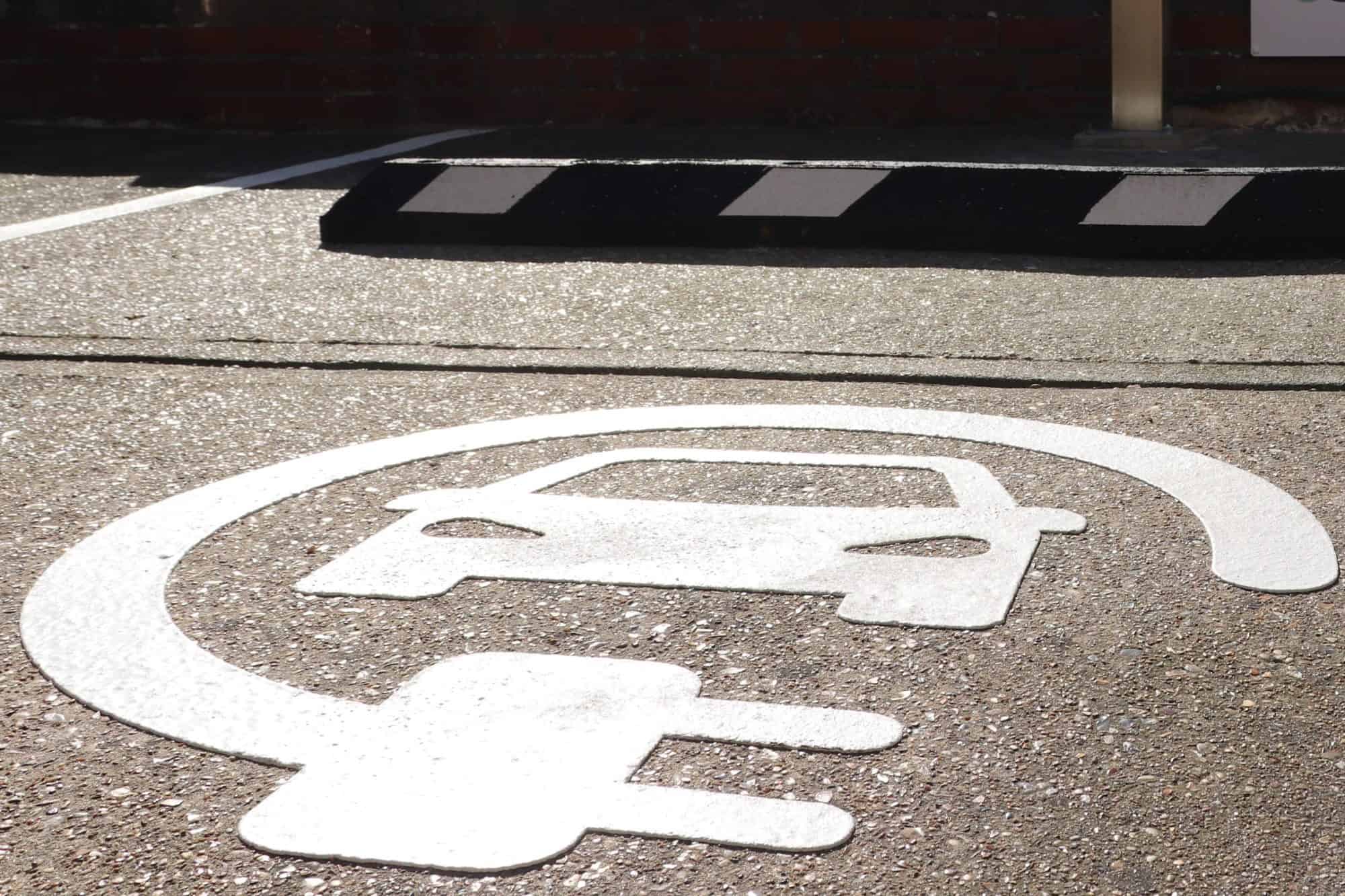
Redefining the energy company
eSmart Networks Business Development Manager, Guy Morrison explores the future of the energy company and how vehicle manufacturers could redefine this area in the future.
In recent years we have seen traditional oil majors pivoting and reinventing themselves as energy companies. If these companies are really going to turn their backs on oil reserves in favour of renewable energy, as hinted at recently by BP and with the CEO of Shell stating that climate change still needs urgent action, then it is overdue but welcome news for the environment.
It makes perfect sense too that those brands associated with fuelling internal combustion engine vehicles should be preparing to fuel the next generation of transport technology by generating and selling electricity rather than extracting and refining oil.

Transportation device or energy asset
This next generation of road vehicles – manufactured and supplied by those other companies that are expanding into energy services, the vehicle OEMs, rely on batteries, and that fact creates opportunities for their energy products to be a two-way or bi-directional street.
While petrol prices may slowly rise and fall at the pump in response to fluctuating crude oil prices, people do not syphon their tanks to supply their neighbours or to trade back to their supplier. This concept, however, is entirely possible in the far more dynamic electricity market by utilising the substantial battery capacity in electric vehicles using Vehicle to Grid (V2G) technology.
The aggregation of those batteries in what’s known as a Virtual Power Plant (VPP) is one of the things tempting the vehicle manufacturers into energy services, with Tesla the latest to be granted a licence and no doubt others will follow suit. It doesn’t take long, tapping out the figures for a few possible scenarios on a calculator, before the enormous potential becomes apparent.
Cars parked not just at home but at new and used dealerships and storage depots, ports, airports and other transport hubs, and commercial and public sector fleets could all represent significant cost-saving and revenue opportunities and help to flatten the generation and demand peaks across the electricity network.
As the cost of this technology is reduced and more vehicles are equipped for discharging their batteries into the grid, the only thing that many sites will require is a substantial peak energy load or a large export connection to start exploiting these temporarily static battery assets.
The sheer number of electric vehicles that are predicted in the coming years means any company, managing a reasonable percentage of them, could quickly become a major player in the energy market.
Related Case Studies
Let us know how we can help you! Get in touch with us now.

